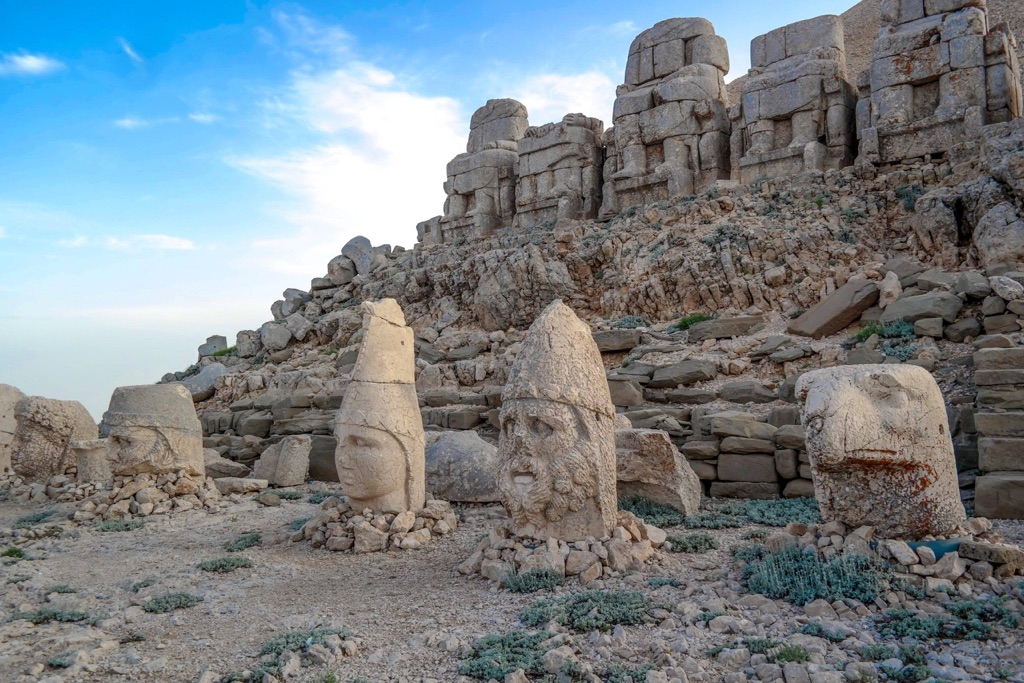Mount Nemrut, a UNESCO World Heritage Site, is an enchanting historical place located in southeastern Turkey. It’s renowned for its colossal stone statues and tomb sanctuary, which are believed to be the resting place of King Antiochus I of Commagene. This mountain peak, standing at a height of 2,134 meters, offers a unique blend of natural beauty and ancient history, making it a must-visit destination for history enthusiasts and nature lovers alike.
Get your dose of History via Email
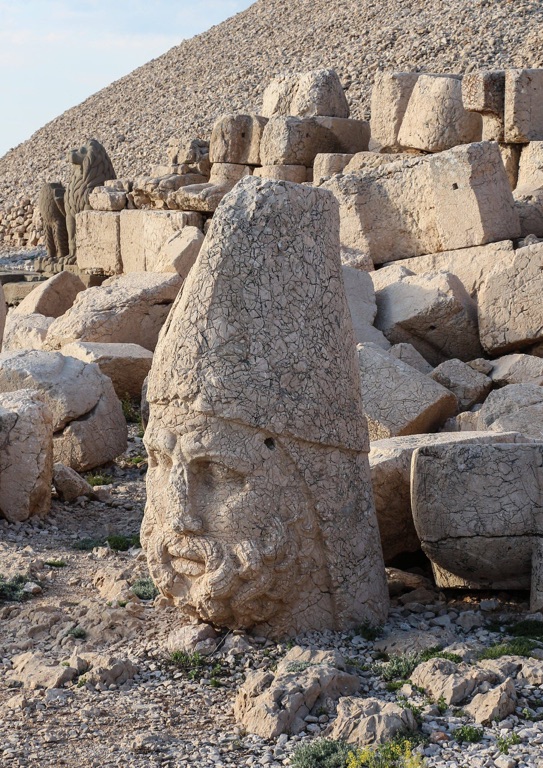
Historical Background of Mount Nemrut
Mount Nemrut has a rich and fascinating history that dates back to the 1st century BC. It was during this time that King Antiochus I of Commagene, a small Hellenistic kingdom, decided to construct a monumental tomb sanctuary atop this mountain. He wanted to leave a lasting legacy, and boy, did he succeed!
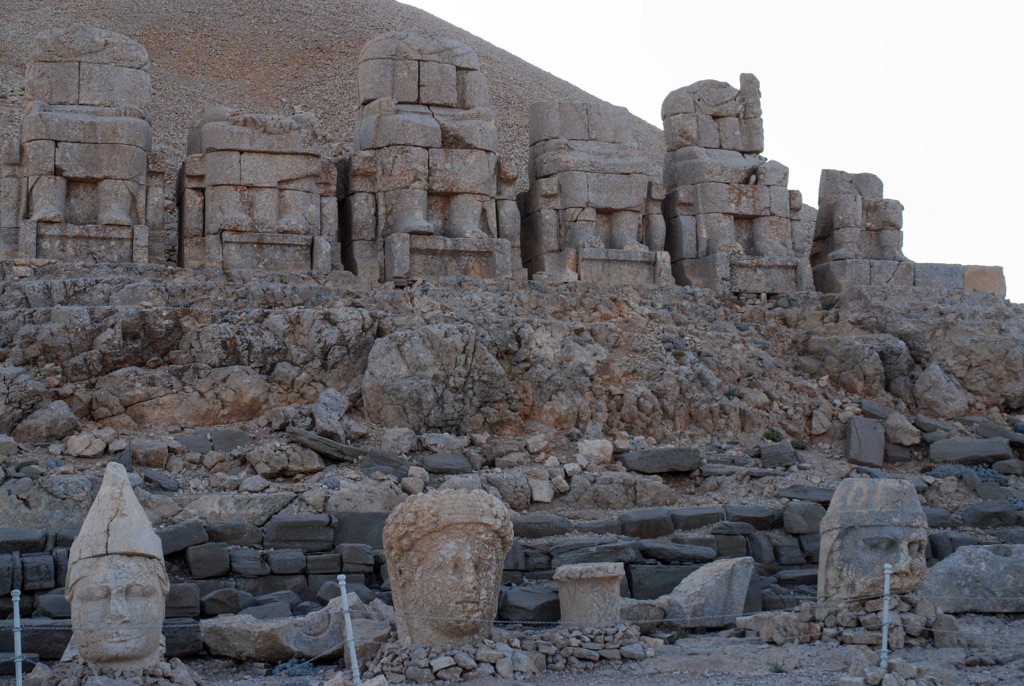
The king’s ambitious project involved the creation of a pantheon of colossal statues representing himself and various gods of the Greco-Persian world. This grand ensemble was designed to symbolize the unity of these cultures under his rule. Talk about a statement piece!
Despite its grandeur, Mount Nemrut remained relatively unknown until 1881, when it was rediscovered by a German engineer. Since then, it has been the subject of numerous archaeological excavations and studies, all aimed at unravelling the mysteries of this ancient site.
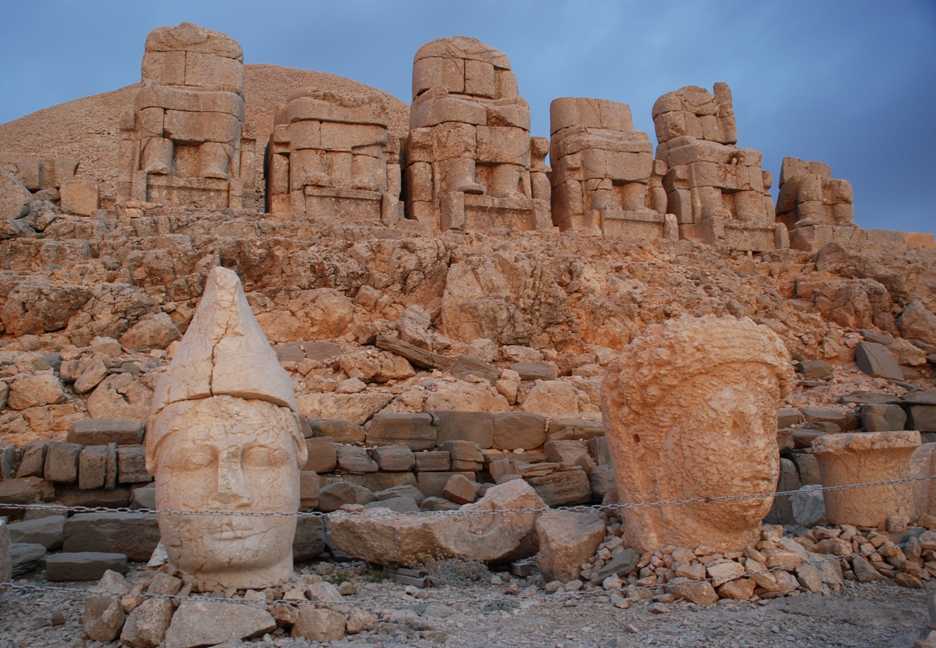
Architectural Highlights/About the Artifact
Mount Nemrut is most famous for its collection of massive stone statues, which stand guard around the tomb sanctuary. These statues, some reaching heights of up to 9 meters, represent King Antiochus I, along with a range of deities from the Greco-Persian pantheon.
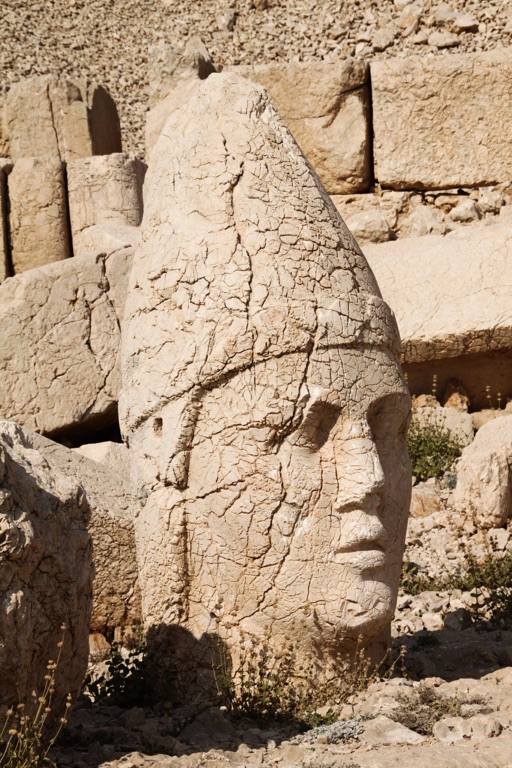
The statues were originally seated, with names of each god inscribed on them. The heads of the statues, however, have toppled over time and now lie scattered on the ground. Despite this, they remain an impressive sight, with their detailed craftsmanship offering a glimpse into the artistic prowess of the ancient Commagene kingdom.
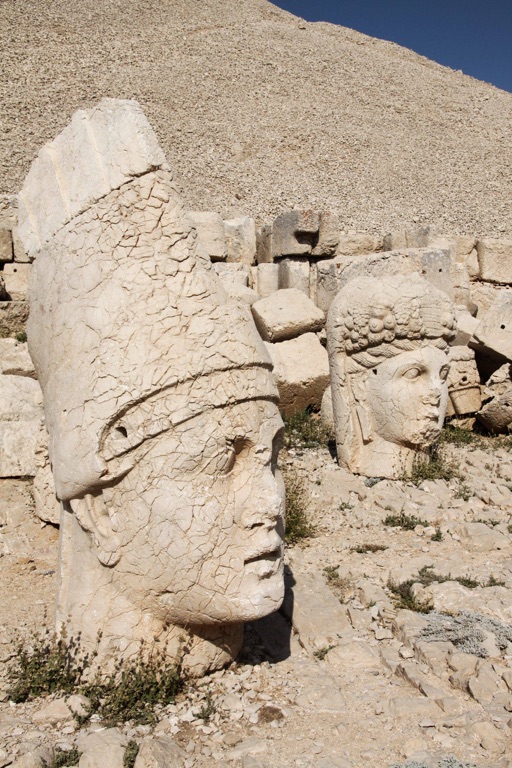
The tomb-sanctuary itself is believed to be located underneath a man-made mound of crushed rock, measuring 50 meters in height. Despite several attempts, the actual burial chamber has yet to be discovered, adding an air of mystery to this historical site.
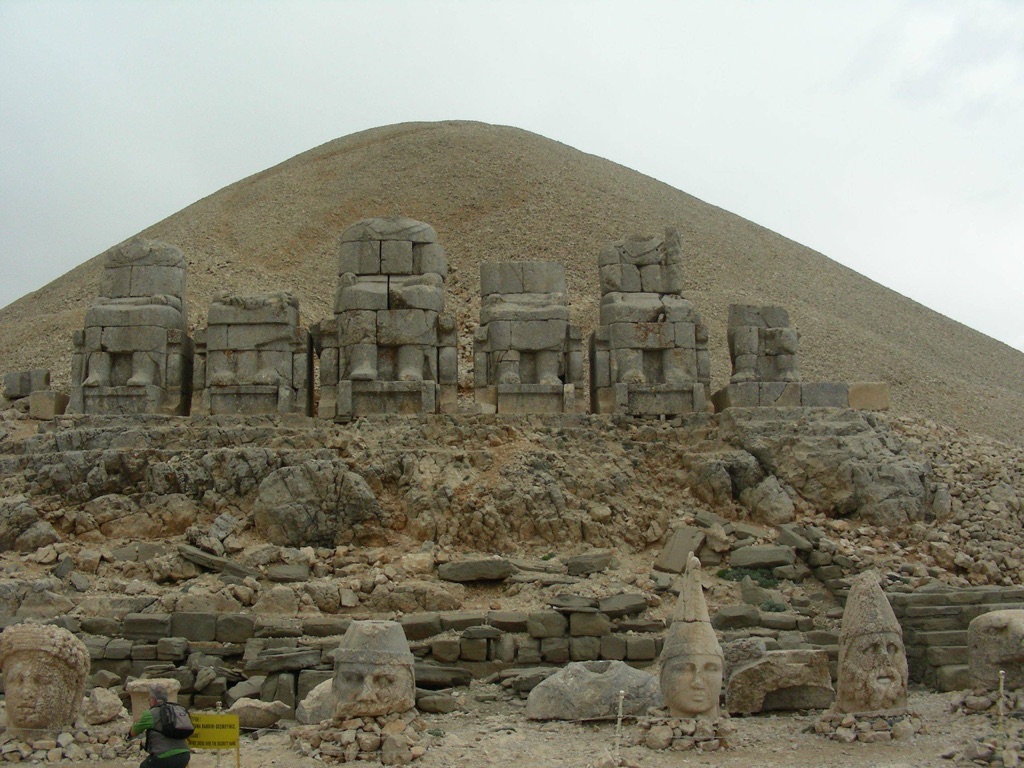
Theories and Interpretations
Over the years, numerous theories have been proposed regarding the purpose and significance of Mount Nemrut. Some scholars believe that the site was intended as a royal cult center, where rituals and ceremonies were performed to honor King Antiochus I and the gods represented in the statues.
Others suggest that the location of Mount Nemrut, at the crossroads of several important trade routes, indicates its strategic importance. It may have served as a symbolic marker of the king’s power and influence over these routes.
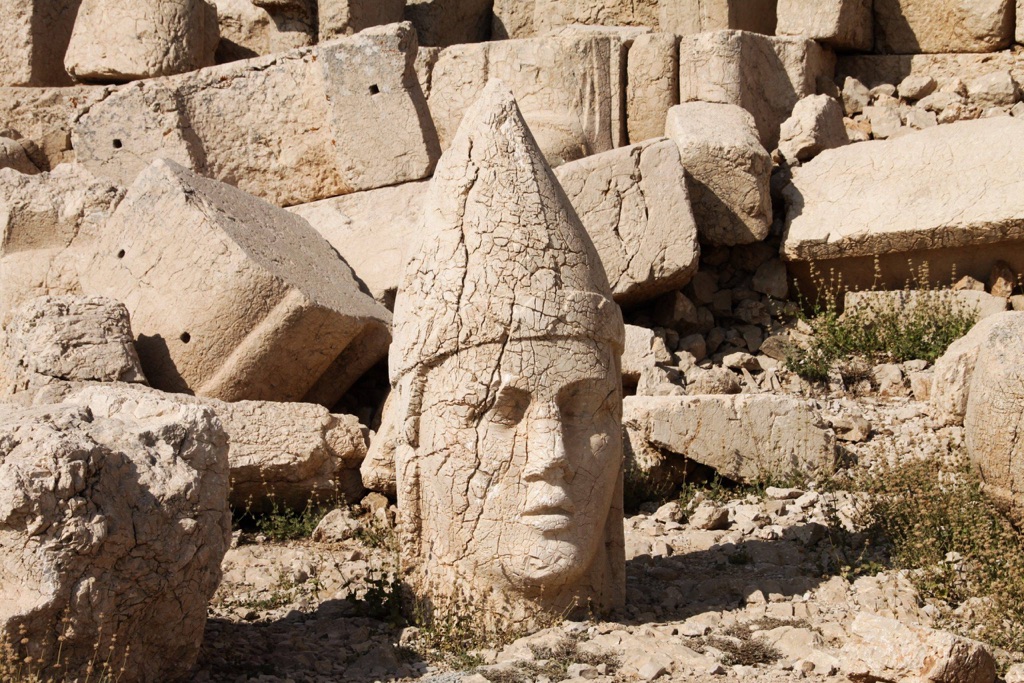
One of the most intriguing theories is that the site was designed as an astronomical observatory. The alignment of the statues and the structures suggests a connection with celestial bodies and events, although this theory remains a subject of debate among scholars.
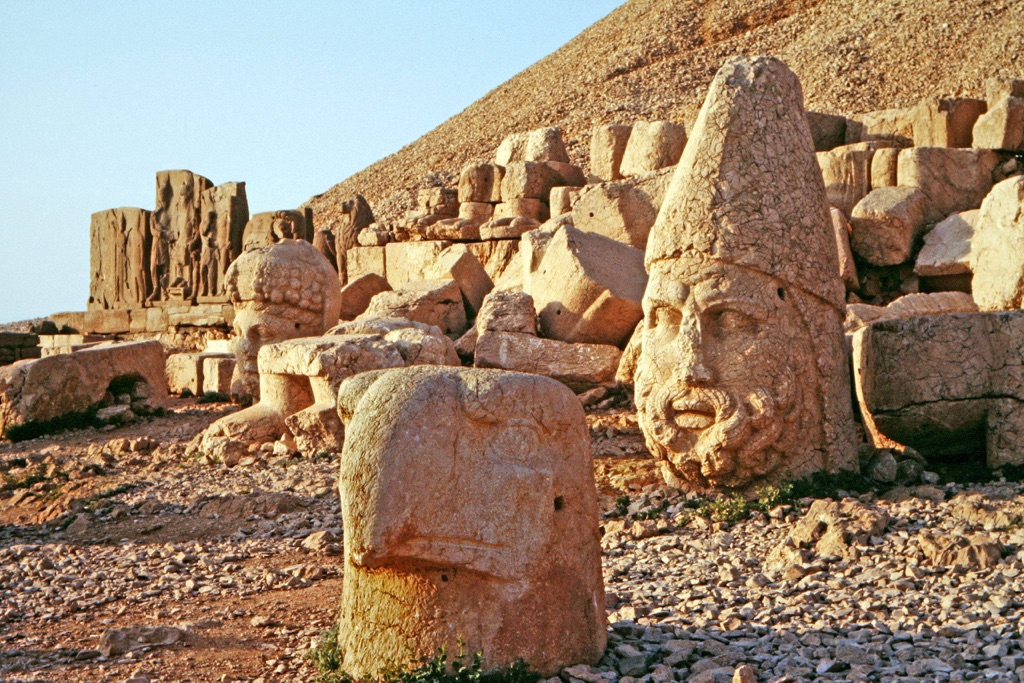
Good to know/Additional Information
Visiting Mount Nemrut is a unique experience, but it’s not for the faint-hearted. The site is located at a high altitude, and reaching the summit requires a bit of a hike. But trust me, the breathtaking views and the chance to see the statues up close make it all worthwhile.
The best time to visit is at sunrise or sunset, when the soft light gives the statues a mystical aura. And don’t forget to bring a camera – you’ll want to capture the awe-inspiring sight of these ancient giants against the backdrop of the stunning landscape.
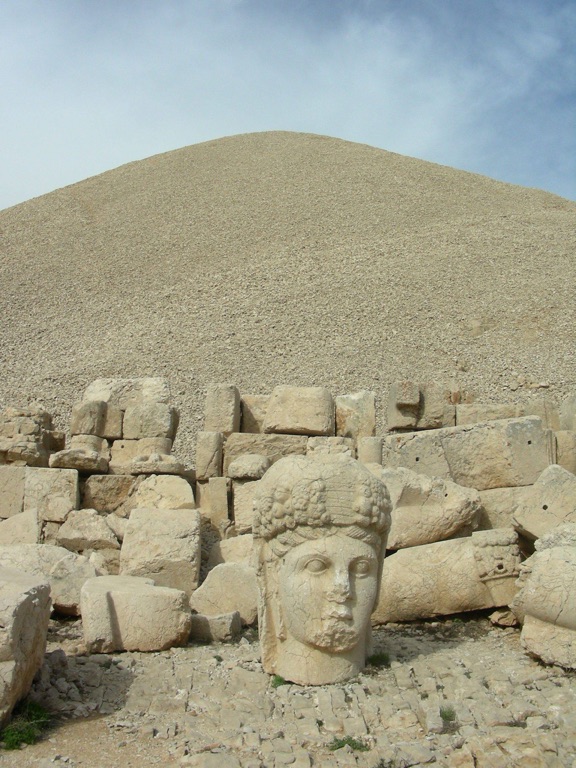
Conclusion and Sources
Mount Nemrut is a testament to the grandeur and complexity of ancient civilizations. Its colossal statues and the mysteries surrounding its tomb sanctuary continue to captivate historians, archaeologists, and tourists alike. Whether you’re a history buff, an adventure seeker, or simply a lover of beautiful landscapes, Mount Nemrut is a destination that deserves a spot on your travel bucket list.
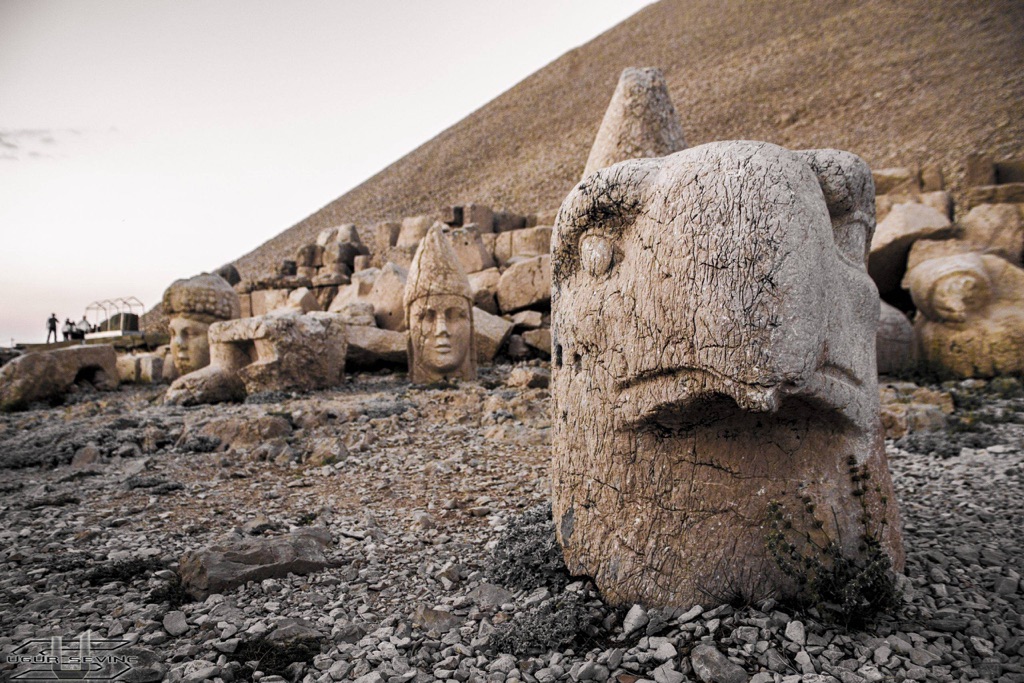
For further reading and to delve deeper into the history and mysteries of Mount Nemrut, here are some reputable sources:

